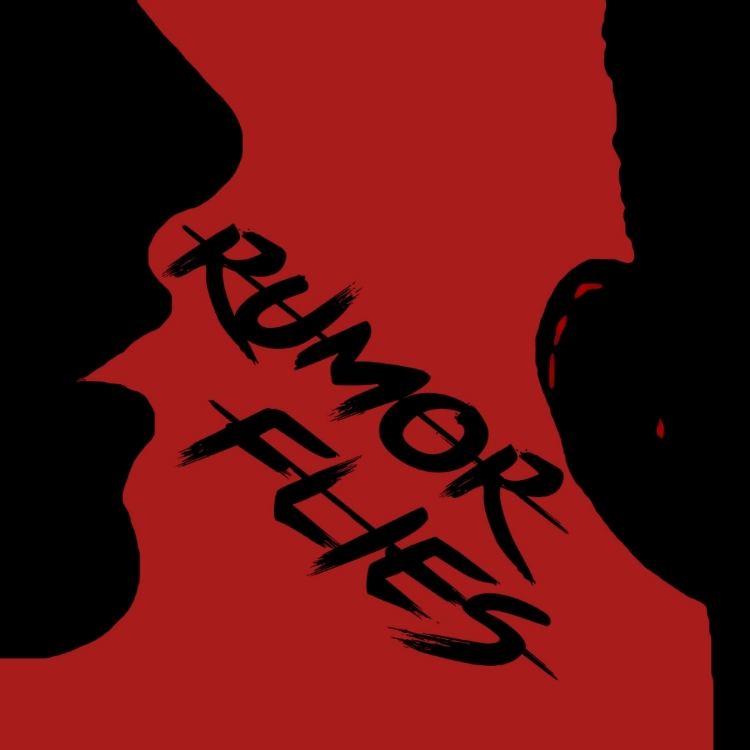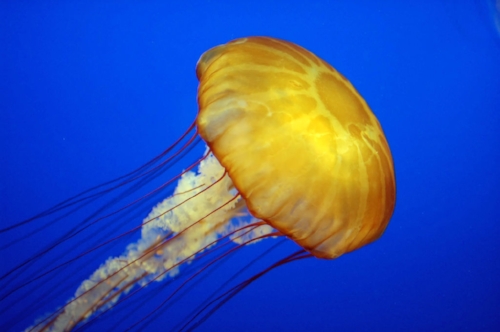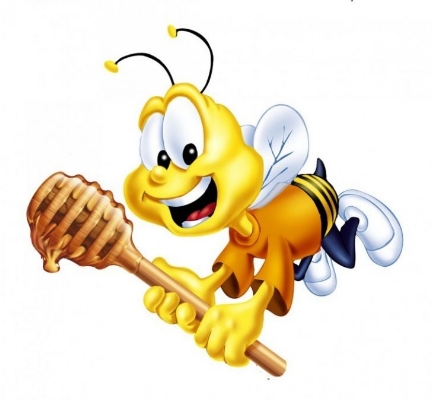Snap Judgment #29: Trailer Misnomer
SNAPPLE FACT #1455: Movie trailers used to come on at the end of movies, but no one stuck around to watch them
Verdict: True
So this one is pretty straight-forward, but I still found it fun to look through. First off, I don't know about the rest of you, but I never really thought about the etymology of "movie trailer." The definition is in the name - the sneak peak/ad/teaser/etc. is supposed to be at the tail-end of the movie. As they quickly discovered, this was very ineffective. The practice did not last long. I've actually had trouble finding when it phased out, but I imagine it's hard to pinpoint that sort of information as it probably wasn't a simultaneous, nation-wide (or international) decision. So now that that interesting little factoid is explored and easily proven, I wanted to go into some fun history/historical factoids about movie trailers, as this turned out to be way more interesting.
image source
My next stop in researching trailers was locating big "firsts" and/or trends over time. I stumbled across this very clever and simple interactive presentation on the history of movie trailers. This is worth checking out to start getting your bearings on larger trends as it's SUPER broad and stripped down. According to Filmmakeriq (as well as wikipedia, the above presentation, and a few other sources, so I'd say there's a near-consensus on this), the first trailer was in 1913 and was the brainchild of Nils Grunland, advertising manager of Marcus Loew theaters. He produced a short promotional film showcasing actual rehearsal footage from the Broadway play, Pleasure Seekers. Yup, the first trailer wasn't actually for a movie.
So at this point I was neck deep in all sorts of history about movie trailers and a bit overwhelmed. I had about 3 different sections going and I felt the flow wasn't good and the research needed more shoring up, so I decided to strip a bunch of it and end on this fun note, as I believe I want to revisit this topic for a patreon bonus or something. What aspect of movie trailers so iconic, so memorable, that everyone knows the reference and would want to know more? Why, that's easy. "In a world..."
Image source
"In a world..." is so iconic, a movie about a female vocal-talent called In a World... went to Sundance (and other festivals) and won awards. The title literally references the famous opening catchphrase and iconic voice of Don LaFontaine (1940-2008). Don "Thunder Throat" LaFontaine, AKA Don "Voice of God" LaFontaine, claimed to be the creator of the famed catchphrase, though many others used it as well. According to the New York Times:
In a 33-year career Mr. LaFontaine did voice-overs for more than 5,000 movie trailers, 350,000 commercials and thousands of television promos, including dozens of “Next week on ‘E.R.’ “ spots.
At this point, the infamous "in a world" line is almost exclusively the subject of parodies, as is the distinct tenor and style of his deliveries, but there's no doubt that he had massive impact on the film industry and popular culture.





































